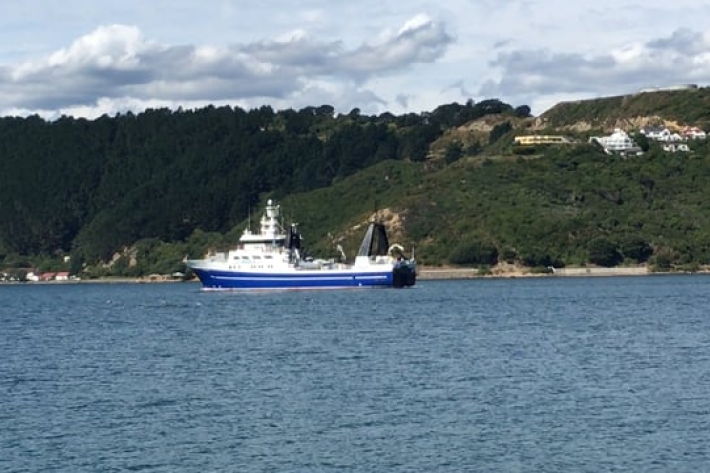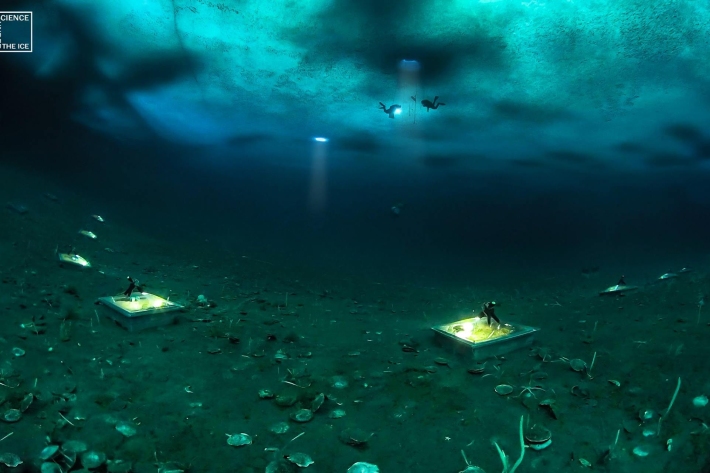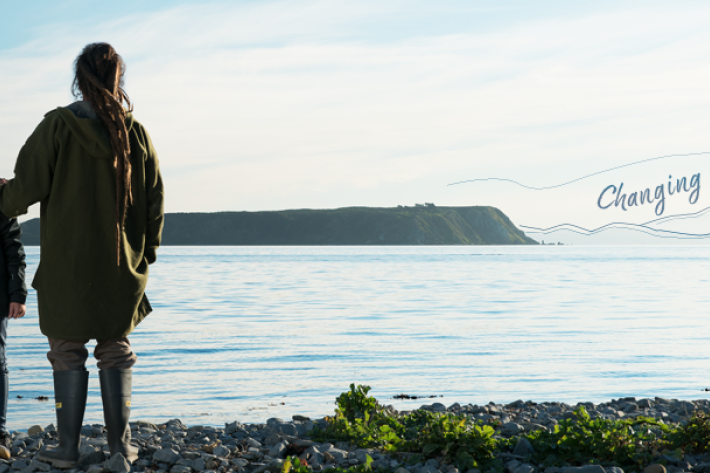-

Dolphins farewell RV Tangaroa - 9 February 2018
RV Tangaroa is farewelled by a pod of dolphins as it heads off on its 12th voyage to the white continent. Footage courtesy of Kareen Schnabelke. -

Blog: From Wellington to Antarctica - 5 February
5 February 2018
Tomorrow is “mob day” for 40 people heading to Antarctica for six weeks aboard NIWA’s research vessel Tangaroa. -

Tangaroa heads to Antarctica on six-week voyage of discovery
Media release31 January 2018Forty intrepid adventurers leave Wellington next week for a six-week scientific voyage to Antarctica. -

Summer Series 2017 - Spectacular scenes under the ice
Feature story15 January 2018In October a team of scientists from New Zealand and Finland travelled to Antarctica for a scientific diving expedition under the ice. -

The science
Read about the science that will be undertaken during the voyage. -

Voyage overview
Read details about the aims of the voyage and find information about the scientists and crew on board. -

Image gallery
A selection of images from the voyage. We will be adding images as they are sent back from the vessel. -

Partners and funding
The voyage is supported by funding from NIWA, MBIE, the Deep South National Science Challenge and the University of Auckland. -

Summer series 2017 - Sailing the Southern Ocean - a scientific odyssey
Media release11 January 2018NIWA’s research vessel Tangaroa sets off for a six-week voyage to Antarctica in February. Six of those aboard explain what they’re doing, what they’re worried about and the one thing they wouldn’t be without. -

Dramatic sea ice decline limits NIWA’s Antarctic research
Media release18 October 2017A dramatic change in sea ice this year is likely to hamper a NIWA-led research project aiming to better understand how ice shelves will melt as the ocean warms. -

Breaking the ice
Feature story08 October 2017The Deep South National Science Challenge is one of New Zealand’s most audacious collaborative projects in recent times. -

From sea ice to sea bed
Feature story08 October 2017Pioneering NIWA scientists are returning to the cold continent in October, this time to focus on the seabed.
